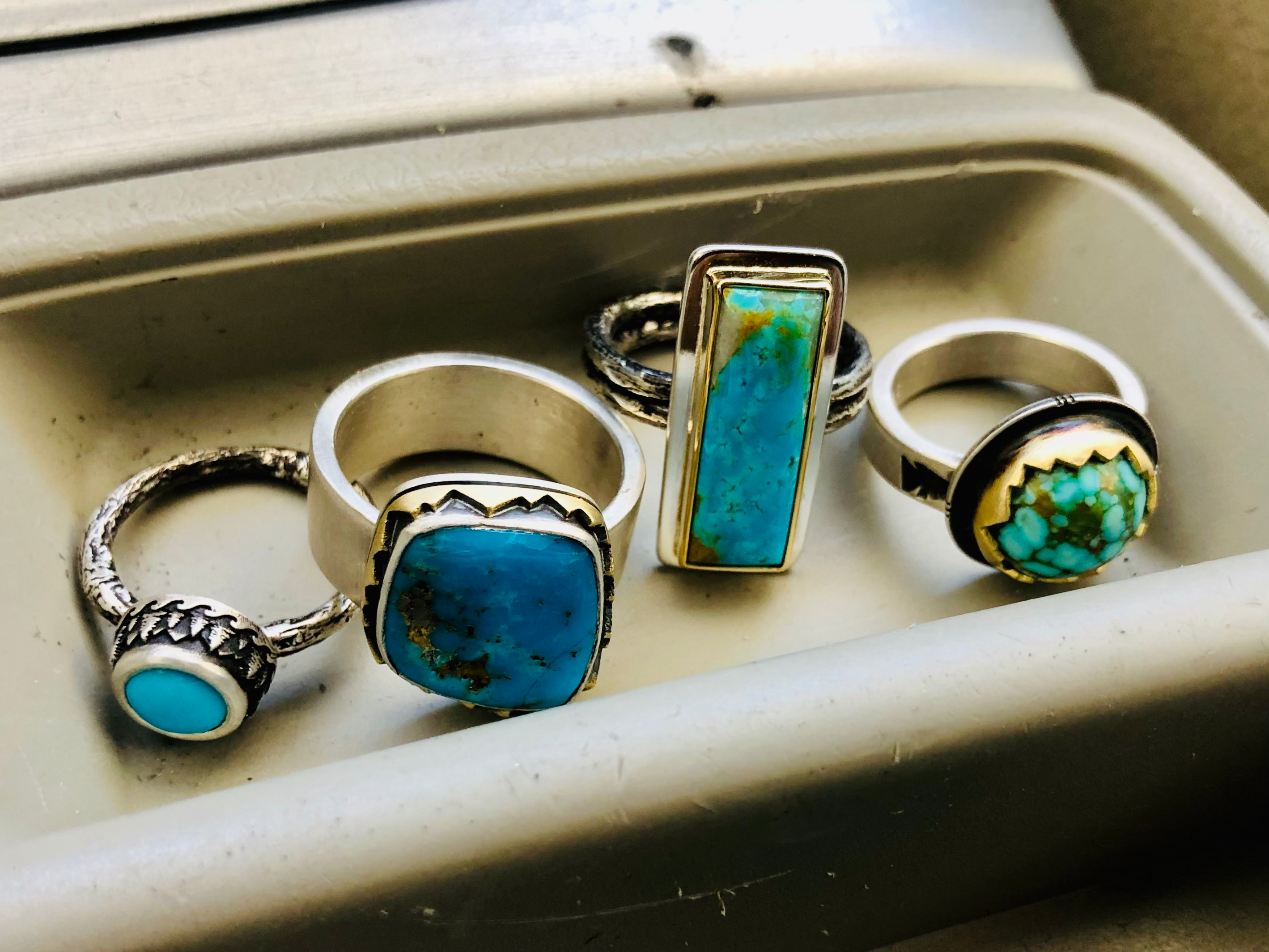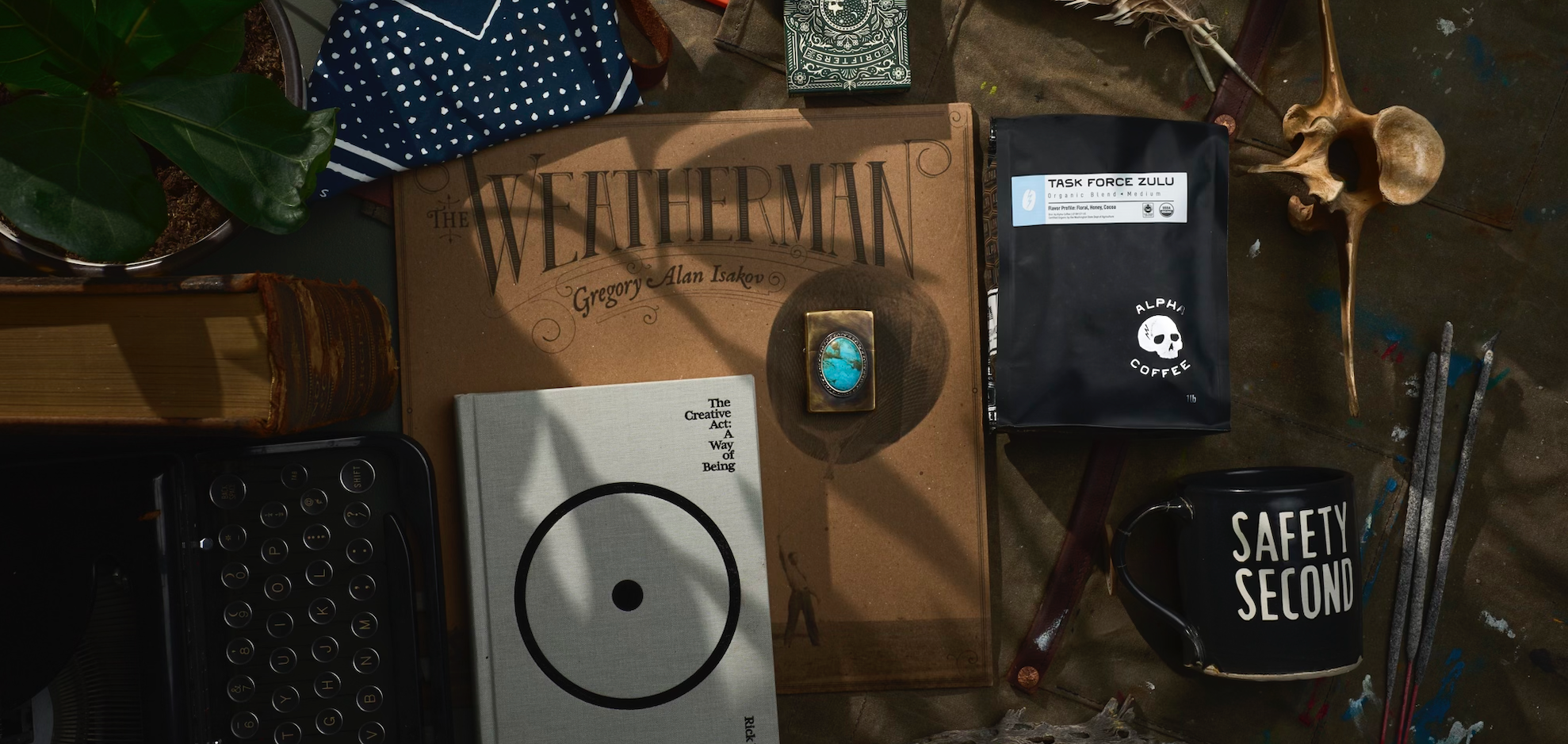
Proper Cleaning and Maintenance of Sterling Silver, 14k Gold, and Turquoise Jewelry
Jewelry, whether it's a cherished heirloom or a trendy new piece, requires proper care to maintain its beauty and value. The materials we use at Scott James are primarily: Sterling silver and 14k gold. Without proper care, these pieces can lose their luster and degrade over time. This guide will provide you with essential tips for cleaning and maintaining your jewelry, ensuring it remains as stunning as the day you bought it.
1. Keep Jewelry Away from Chemicals, Lotions, and Harsh Soaps
One of the most crucial aspects of jewelry care is to keep your pieces away from chemicals, lotions, and harsh soaps. These substances can cause discoloration, tarnish, and even damage the metal.
Chemicals
Household cleaners, chlorine in swimming pools or sulfur in hot springs, and even certain perfumes and hair sprays contain chemicals that can react with sterling silver and 14k gold, leading to corrosion and tarnishing. Always remove your jewelry before cleaning, swimming, or applying beauty products.
Lotions and Soaps
Everyday items like lotions and soaps can leave a residue on your jewelry, dulling its shine. Make it a habit to remove your jewelry before washing your hands, showering, or applying lotions.

2. Understanding Oxidation: It’s Normal
Oxidation is a natural process that occurs when metals are exposed to oxygen and moisture in the air. For sterling silver, this can result in a darkened appearance, often referred to as tarnish. It's important to note that oxidation is normal and can happen more rapidly when jewelry is not worn.
Prevention
To minimize oxidation, store your jewelry in a dry, airtight container when not in use. Anti-tarnish strips or silica gel packs can also help by absorbing moisture from the air.
Regular Use
Interestingly, wearing your sterling silver jewelry regularly can help prevent tarnish. The natural oils in your skin can clean the silver and keep it looking bright.

3. Regular Checks for Prong-Set Diamonds
For jewelry pieces featuring diamonds in prong settings, regular checks are essential to ensure the stones remain secure. Prongs can wear down over time, increasing the risk of losing a precious stone.
Professional Inspection
While not required, we do recommend that you take your jewelry to a professional jeweler at least once a year for a thorough inspection. They can check the integrity of the prongs and make any necessary repairs to prevent stone loss.
At-Home Checks
Between professional inspections, you can perform simple checks at home. Gently tap the piece and listen for any rattling sounds, which could indicate a loose stone. Also, examine the prongs for any visible signs of wear or damage.

4. Cleaning Your Jewelry
Keeping your jewelry clean is vital to maintaining its sparkle. Here are some methods to clean your jewelry effectively at home.

Sterling Silver
Soap and Water
Mix a few drops of mild dish soap with warm water. Soak the silver for a few minutes, then gently scrub with a soft toothbrush. Rinse thoroughly and dry with a soft cloth.
Baking Soda Paste
Make a paste with baking soda and water. Apply it to the silver with a soft cloth, then rinse and dry. This method can be particularly effective for removing tarnish.
14k Gold
Soap and Water
Similar to silver, mix mild dish soap with warm water. Soak the gold jewelry, scrub gently with a soft toothbrush, rinse, and dry with a soft cloth.
Ammonia Solution
For a deeper clean, mix one part ammonia with six parts water. Soak the gold jewelry for no more than one minute, then rinse and dry. Use this method sparingly to avoid damaging the gold.
Turquoise
Damp Cloth
Clean turquoise with a damp cloth to avoid damaging the stone. Do not use chemicals or ultrasonic cleaners, as they can harm the porous nature of turquoise.
5. Proper Storage
Separate Compartments
Store each piece of jewelry in its compartment to prevent scratches and tangling. Soft-lined jewelry boxes or pouches are ideal.
Anti-Tarnish Solutions
As mentioned, use anti-tarnish strips or silica gel packs to absorb moisture and prevent tarnish, especially for sterling silver.

6. Avoiding Physical Damage
Physical activities can cause scratches, dents, and other types of damage to your jewelry.
Remove During Activities
Always remove your jewelry before engaging in physical activities such as sports, gardening, or heavy lifting. This will protect it from impact and abrasion.
Handle with Care
When putting on or taking off your jewelry, handle it with clean, dry hands to avoid transferring oils and dirt.
7. Professional Maintenance
While at-home care is essential, professional maintenance can keep your jewelry in top condition.
Professional Cleaning
Take your jewelry to a professional jeweler for deep cleaning at least once a year. They have the tools and expertise to remove stubborn dirt and restore the shine.
Repairs and Resizing
Over time, jewelry might need repairs or resizing. Whether it's fixing a broken clasp or resizing a ring, professional jewelers can ensure your pieces are properly maintained.
Conclusion
By following these guidelines, you can ensure your sterling silver, 14k gold, and turquoise jewelry remains beautiful and retains its value for years to come. Regular cleaning, proper storage, and professional maintenance are key to preserving the luster and integrity of your precious pieces. Treat your jewelry with care, and it will continue to be a remarkable piece enhancing your style and elegance and for future generations to enjoy.




Leave a comment
This site is protected by hCaptcha and the hCaptcha Privacy Policy and Terms of Service apply.